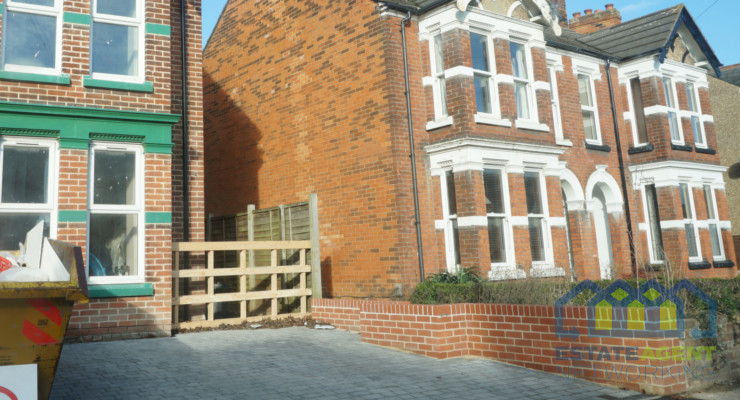London’s second homeowners face £16,446 CGT bill
London’s second homeowners face £16,446 capital gains tax bill, but prime London sellers escaping unscathed
The latest research from Enness Global has found that whilst the London property market remains subdued, the city’s second homeowners could still be hit with significant costs when exiting their investments, with the average seller now facing a capital gains tax (CGT) bill of up to £16,446 when selling up after a decade of ownership. However, declines in prime London property values mean that second homeowners in the capital’s most prestigious postcodes are able to escape unscathed from a CGT hit.
Enness Global analysed the gains seen on the average London property over the last decade, looking at the change in value since 2015, less the £3,000 capital gains tax allowance and other eligible cost deductions such as stamp duty, legal fees, and estate agent fees. The firm then calculated the total tax payable at both 18% and 24% to reflect the current rates applied to basic and higher-rate taxpayers.
Average London second homeowner facing £16k in CGT
The research shows that across London, the average property investment would have cost £462,097 ten years ago, requiring a stamp duty payment of £13,105 and legal fees of £2,399. A decade later, the same property has increased in value to £561,587, a gain of £99,490. With an average agent fee of £9,547 and legal fees of £2,915 at the point of sale, this puts total eligible deductions at £27,966.
With the additional £3,000 CGT allowance, total capital gains subject to taxation stand at £68,524.
For a lower-rate taxpayer, this equates to a CGT bill of £12,334, while a higher-rate taxpayer selling a second home in London today would face a charge of £16,446.
Redbridge the worst London borough to be a second homeowner
The worst boroughs to be a second homeowner over the last decade, based on a 24% higher-rate capital gains tax liability, are: Redbridge (£31,381), Havering (£30,153), Bromley (£29,140), Bexley (£29,052), and Waltham Forest (£29,006). Each of these areas has seen substantial house price growth since 2015, resulting in significant tax exposure for those exiting the market.
Prime London second homeowners escaping unscathed
However, while outer London investors have faced steep increases in property values, second homeowners across prime central London have largely escaped unscathed due to a decade of market stagnation and, in some cases, decline.
In Kensington and Chelsea, the average home is now worth £75,546 less than it was ten years ago, meaning no capital gains tax is owed when selling a second home. The same applies to Westminster, Hammersmith and Fulham, and the City of London, where prices have all fallen since 2015.
Even in boroughs where values have grown modestly, weaker market performance has left second homeowners exempt from CGT when selling up. Areas such as Tower Hamlets, Islington, Wandsworth, and Southwark have seen minimal appreciation over the last decade, leaving their long-term investors effectively immune from capital gains taxation once the CGT allowance and deductible costs are accounted for.
Islay Robinson, CEO of Enness Global, commented:
“Capital gains tax has become an increasingly significant consideration for property investors – particularly following recent rate increases and the reduction of the annual exemption – and whilst the London market continues to deliver robust long-term returns in many areas, those gains now come with a heavier tax burden for second homeowners.
At the same time, the reduction in values across many prime postcodes over the last decade has shielded many high-end second homeowners from capital gains liabilities. So, whilst they may be in the red with respect to the equity built on their investment, the silver lining is that they won’t be penalised for trying to off-load underperforming bricks and mortar assets in the current market climate.
It’s a reminder that property investment returns are highly localised and that strategic planning, timing, and structuring are vital when managing or exiting a high-value asset.”








